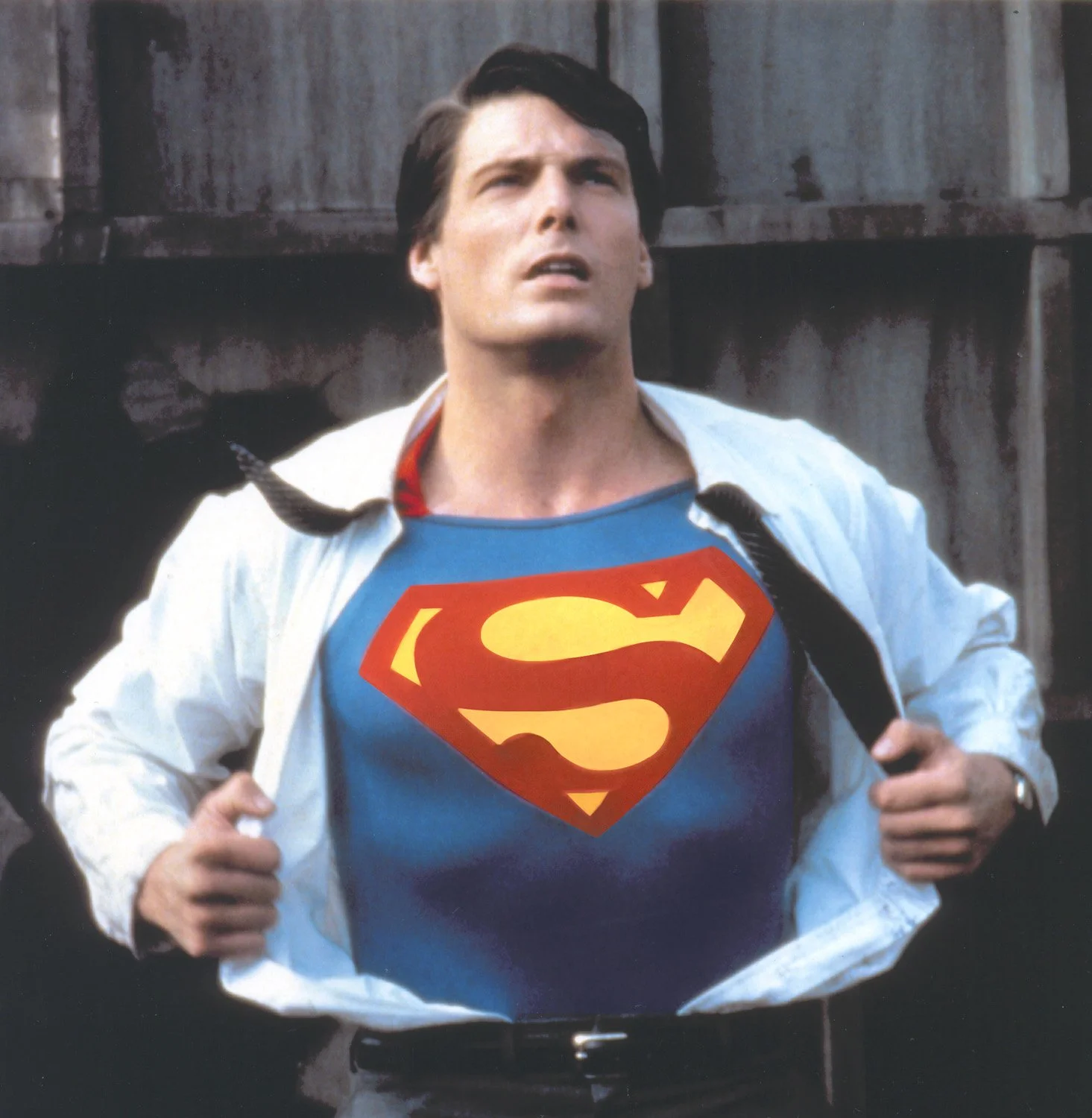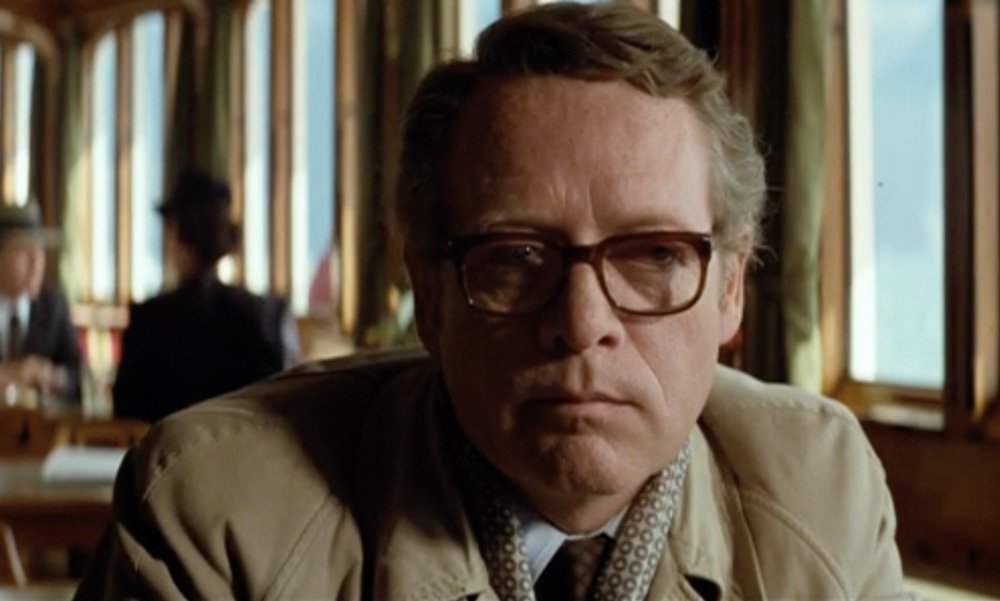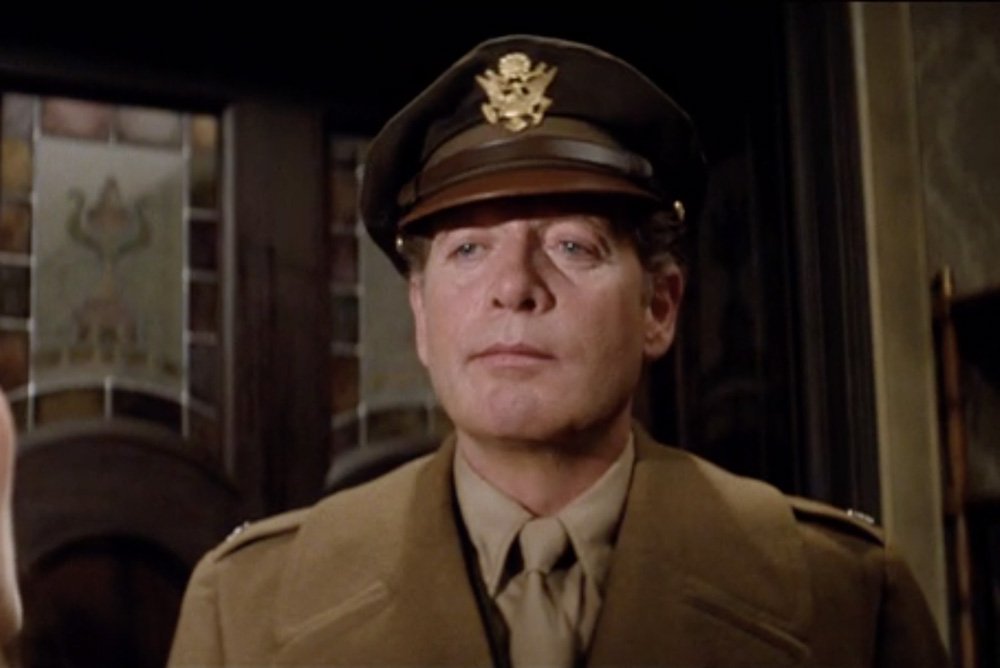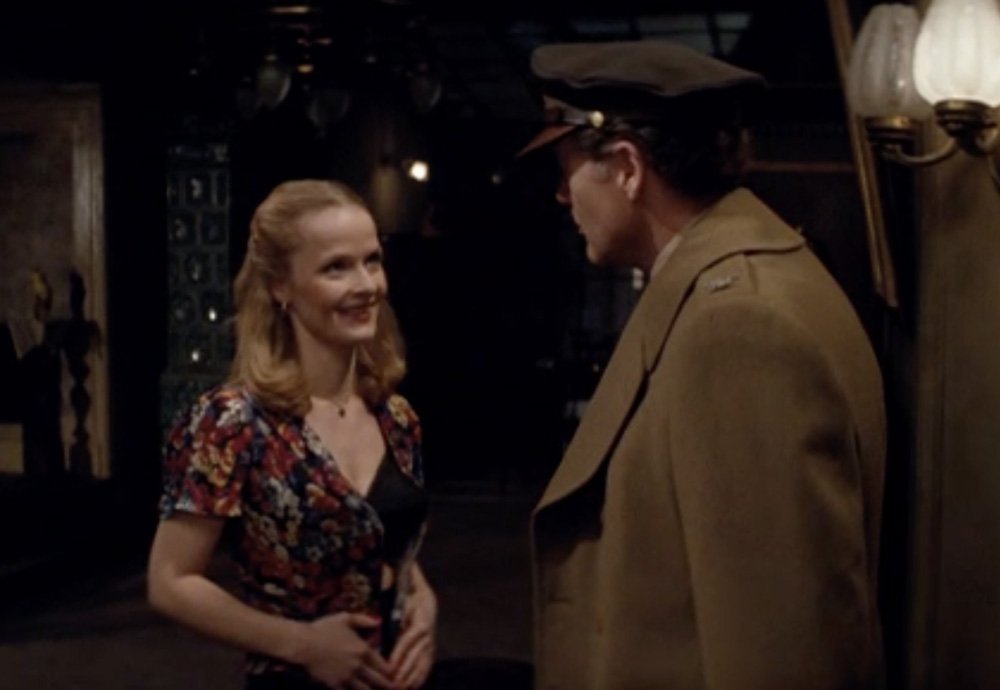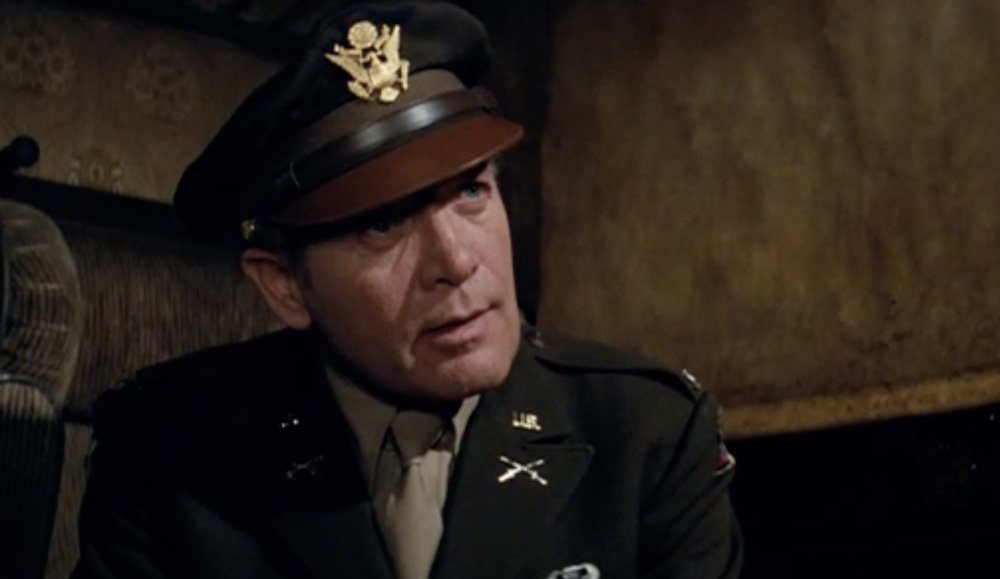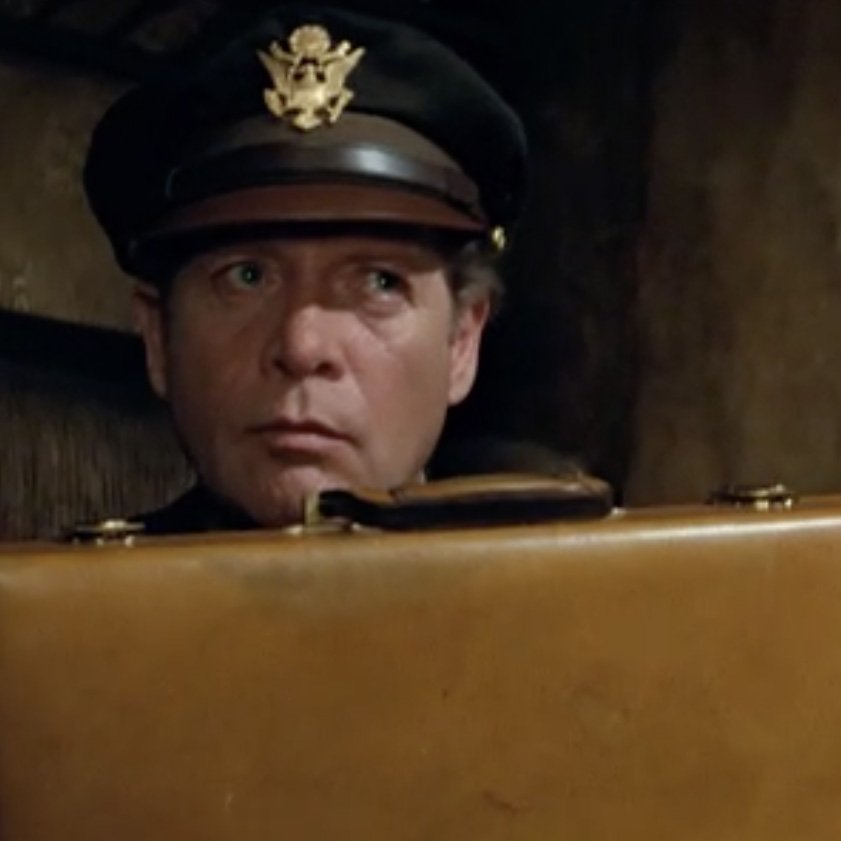Terminator 2: Judgment Day originally had a sunlit coda set on the National Mall in the no-longer-grim future of 2029 with Linda Hamilton in unconvincing old age makeup. Director James Cameron was right to cut it.
My essay about the movie's villain that ran on The Dissolve last week originally had a rambling 500-word introduction. My editor, Keith Phipps, was right to cut it.
So here it is!
---
Sixty-one minutes into the theatrical cut of Terminator 2: Judgment Day, there’s a shot so hokey that only the unrelenting intensity of the preceding hour could keep the audience from laughing.
Sarah Connor and her son John — future Che Guevara of the resistance against SkyNet, the artificial intelligence network destined to nuke the Northern Hemisphere and then hunt the human vermin scurrying among its ashes — speed away from the insane asylum from which Sarah has just pulled off a desperate jailbreak. They’re in a commandeered police car driven by the T-800 (Arnold Schwarzenegger model) Terminator, their ally.
In the rearview mirror, we see the advanced T-1000 Terminator, which wants nothing on Earth but to kill them, in an awkward foot pursuit with two swords/dredging hooks for hands. He is played by Robert Patrick, a 32-year-old former Bowling Green University linebacker who trained himself to sprint full speed with his mouth closed, the way no human being runs, for the role. He looks graceful, fast, and lethal every time he runs in the movie except this one.
Where he looks ridiculous.
Terminator Scissorhands.
Sent from the future by the malevolent supercomputer StruwwelpeterNet to snip the heads off bad little boys and girls.
Is what he looks like.
We know by this point the T-1000 is made from a “mimetic polyalloy” that can rearrange itself into stabby metal objects, and that can at least temporarily alter his appearance to make him an perfect visual doppelganger of any person he touches. We even bought the shot just a moment ago, when the T-800 fired his shotgun point blank into the T-1000’s face — well, “face” — and the thing’s bubbling metal head (just infer the quotation marks around all future references to specific body parts and gender, please) burst open like a tin of Jiffy Pop before zipping itself back together.
But that goofy shot of him running in the mirror is the last time the T-1000 will menace our heroes for 34 minutes — a perilously long chunk of a kinetic thriller like this one. T2’s roughly $100 million cost was a record high when the film went into production in 1990, but this shot wouldn’t have looked any different if it had been a penny-pinching guerilla action movie, like 1984’s The Terminator — the film that earned cowriter/director James Cameron a career.
---
Read the final version of this essay at The Dissolve, which jettisoned this looooooong setup to cut to the still-quite-lengthy chase. Thanks again to Keith for his smart, patient, improving edit.

